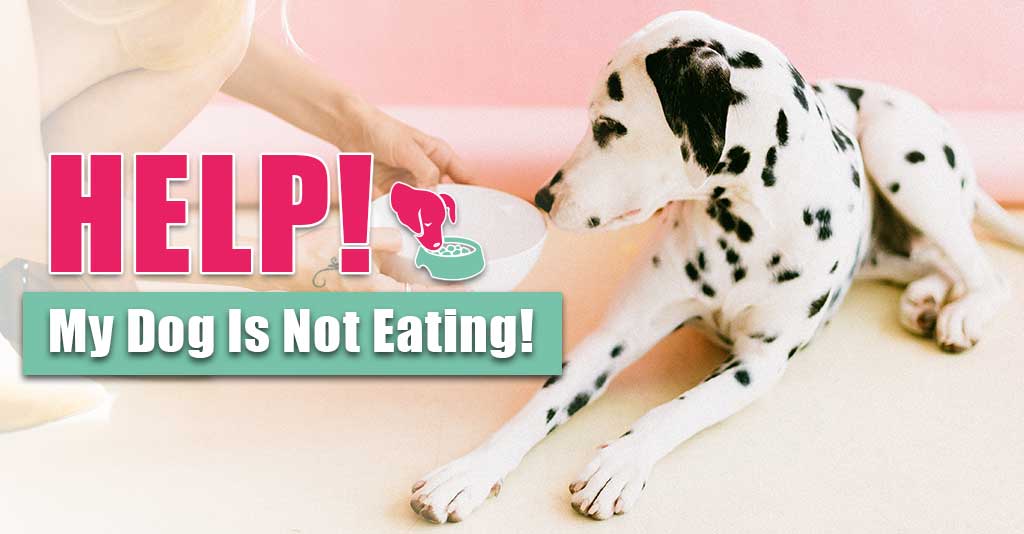When your dog skips a meal, it can be a sign that something is wrong. It can be hard to know what to do and when to take action when your dog is not eating. In this article, I am going to outline what may be causing your pup’s inappetence and the steps you need to take.
Causes of Inappetence
If your dog suddenly stops eating, it’s important to try to find the cause. Below are some common causes:
- Gastritis from eating something inappropriate (trash, leftovers, goose poop etc)
- Reflux
- Pancreatitis
- Kidney disease
- Stress
- Stomach ulcers
- Foreign Body (something stuck in the intestines)
- Toxicity
Not eating can be a symptom of a more serious medical problem. It’s important to know your dog. For example, some pups frequently skip meals, while others have not missed a meal or a crumb their entire lives. Your veterinarian can help you determine if your dog is not eating for a medical reason.
You should call your veterinarian when your dog is not eating if:
- Your dog has never missed a meal.
- Your dog hasn’t had anything to eat or drink in 24 hours.
- Your dog has an underlying disease such as cancer, kidney disease or liver disease.
- Your dog is considered a senior.
- Your dog has other symptoms, such as vomiting or diarrhea.
Tips on how to help your pup eat:

- Novelty. Dogs can really appreciate home cooking, like lean shredded chicken breast with rice. Lean beef and rice can be an excellent and tasty alternative. If you’re worried your dog may experience GI upset from novelty foods, start by offering multiple small meals at a time. For example, feed your dog four times over the course of the day as opposed to two.
- High value treats. Feeding something that your dog absolutely goes crazy for can serve to get them calories during hunger strikes. For dogs, I try canned cat food, egg, or peanut butter kongs (find my favorite Kong recipes here).
- Chicken broth. When you dog is not eating, this can be a really soothing food for your pet’s gut while encouraging fluid consumption. Store bought broths often include onion. So, I make my own. You can check out my recipe here. These can also be frozen into ice cube trays and offered as cold treats and added into their water bowls during the day as well.
- CBD. Cannabis is an excellent appetite stimulant for dogs! I tend to use higher doses. Here are my favorite pet specific products. My dosing chart is here. You can safely double the dose on this chart.
- Control nausea. If your pup is nauseous, reach out to your veterinarian for an anti-nausea drug called Cerenia. Signs of nausea include lip licking, drooling and not eating. Sometimes controlling the nausea can help your dog begin eating again.
- Prescription appetite stimulants. If your dog has cancer or another reason to have a chronically low appetite, they may benefit from prescription medications that increase appetite. Consult with your veterinarian to find the best option.
I would love to hear from you! Leave a comment below and share this article with a friend!
With love,
Dr. Angie



I would allow the dog to fast, 24 hours, offer reverse osmosis or other pure water, not tap, with a small amount of bone broth. Not regular broth. Use canned dog food in a Kong, peanut butter is a legume (anti nutrient). And for nausea have nux vomica on hand for yourself too, and start it early, works better that way. Then try cool bone broth just a few licks at a time. Monitor for fever and dehydration, lethargy.
Hi Lynn,
WOW! These are amazing suggestions, thank you!!
Big hugs,
Claire